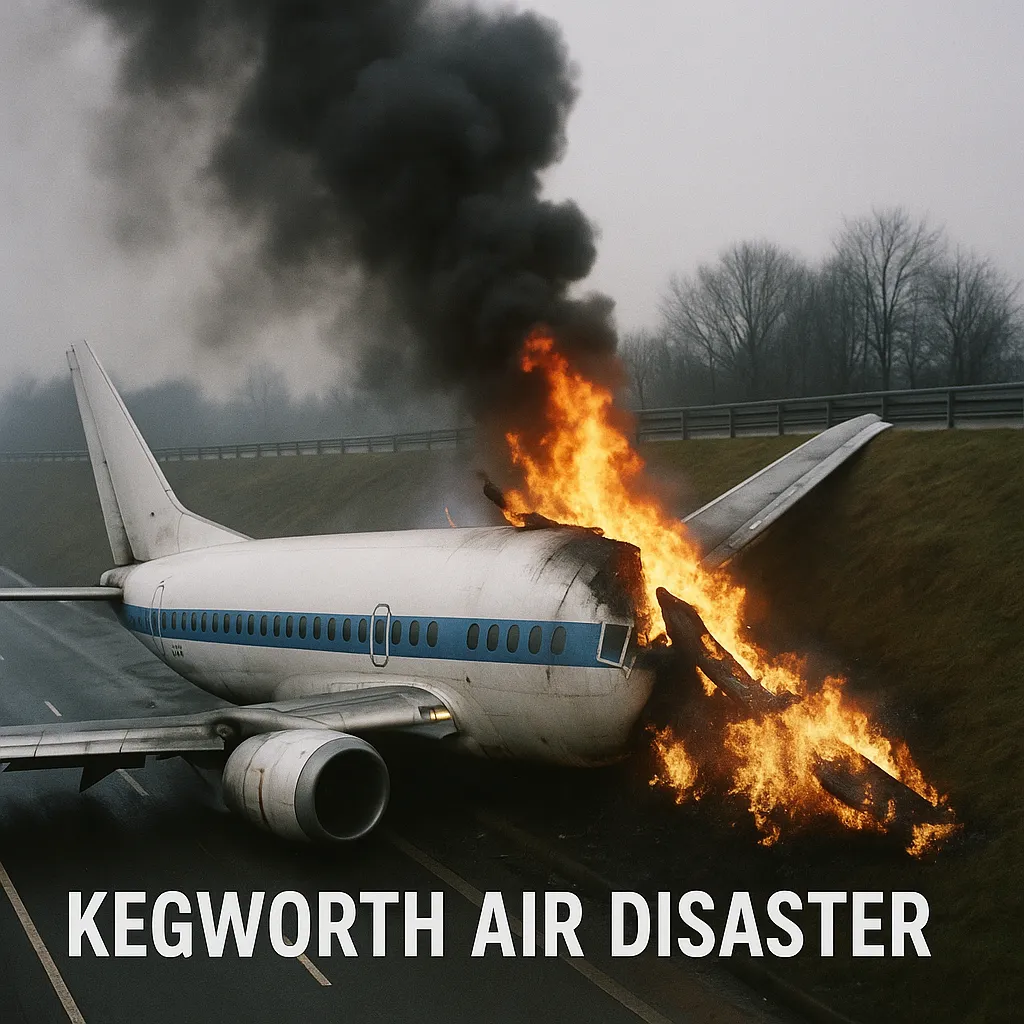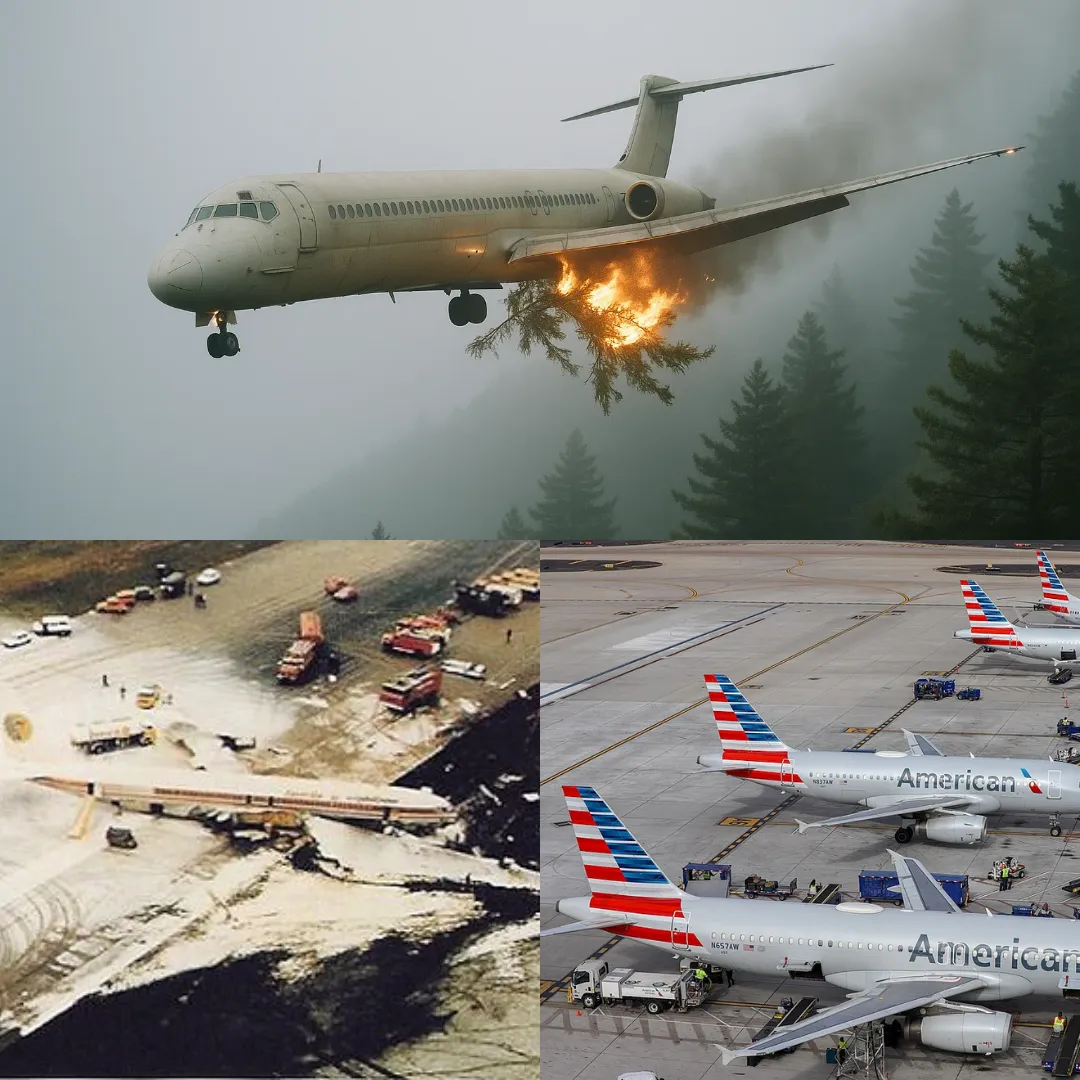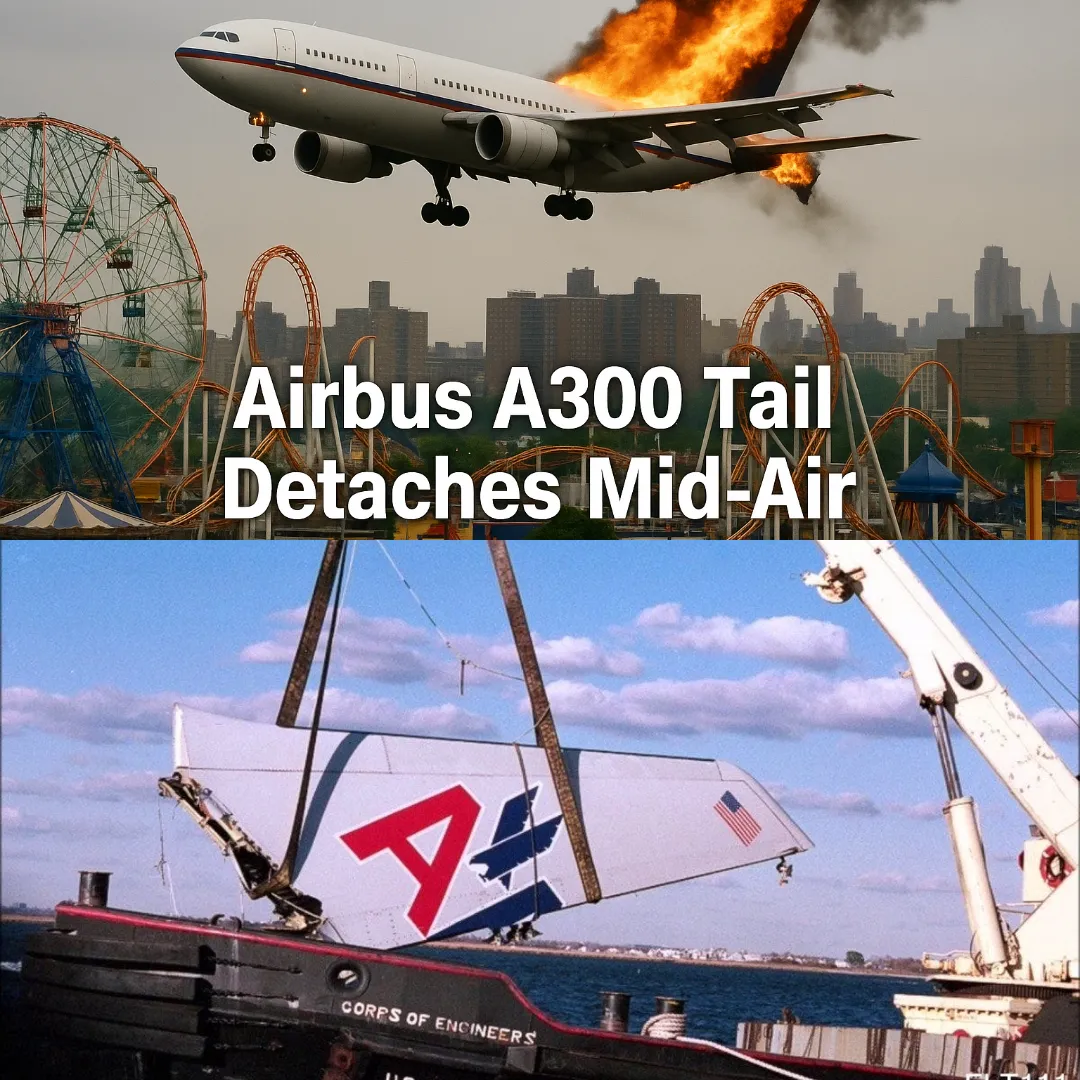
On May 24, 1988, a routine flight turned into an extraordinary survival story. Taca Airlines Flight 110, a Boeing 737-300 en route from Belize City to New Orleans, faced a deadly storm and an unthinkable series of mechanical failures. What followed is an account of how a highly skilled crew, under severe pressure and extreme circumstances, fought for control and ultimately managed to save their aircraft and its passengers.
Flight 110 was piloted by Captain Carlos Dardano, an experienced pilot with over 13,000 flying hours, including time in both military and commercial aviation. Joining him was First Officer Dionisio Lopez and Line Training Captain Arturo Solei. This seasoned crew was tasked with navigating the first leg of the aircraft’s new journey on a Boeing 737-300, which had been freshly delivered to Taca Airlines just weeks before the incident.
As the crew began their flight from Belize City, everything seemed routine. They climbed to their cruising altitude of 35,000 feet. In the cockpit, excitement buzzed, especially as the crew got the chance to showcase their brand-new aircraft to the passengers. Back in 1988, it wasn’t unusual for passengers to visit the cockpit during the flight, and so, some passengers enjoyed the opportunity to take photos in the 737-300’s advanced cockpit.
However, things began to take a turn as the aircraft neared New Orleans. Weather conditions began to worsen, and thunderstorms appeared on the radar. Thunderstorm cells were visible on the weather radar as intense, ominous red and yellow markers. The crew was aware of the risks and took the necessary precautions by diverting around the storm cells, but there was an issue with the radar.
Radar technology at the time, while advanced, still had certain limitations. The heavy thunderstorms caused what is called a “radar shadow,” meaning that any dangerous conditions behind the cells were invisible to the crew. What they didn’t anticipate was that the area between two large thunderstorms was in fact a trap. The radar failed to detect a much larger storm cell lurking between these smaller thunderstorms.

When Flight 110 entered the heart of this hidden storm, the turbulence became so severe that the crew struggled to read their instruments. Then came the hail—intense, violent hail. For 30 agonizing seconds, the aircraft was pounded by the storm. This hailstorm was unlike anything the crew had ever encountered, and its power had devastating consequences. Both engines—number one and number two—flamed out. The aircraft was now without any power.
In a situation where every second counts, the crew’s training and composure were immediately put to the test. The flight crew had to act fast. Captain Dardano and First Officer Lopez quickly switched the engine start switches to continuous, hoping to ignite at least one of the engines back to life. But they were unsuccessful. With no engine power and the cockpit now essentially blacked out, the situation was dire.
The hailstorm had devastated not only the engines but also the electrical systems. With the engines offline, the aircraft's primary power source—driven by the engine generators—was gone. The flight crew had to rely on backup systems, and the battery on board, which had been replaced only the day before, became their only source of power. With only essential instruments functioning, the crew had to improvise, using their training and instinct to maintain control.
What followed was a race against time. Captain Dardano remained calm and focused, continuing to fly the aircraft with one eye fixed on the standby horizon indicator. Despite the extreme turbulence, disorienting conditions, and loss of power, the pilots did not give up. Their quick thinking allowed them to maintain control of the aircraft.
Meanwhile, in the cabin, chaos erupted. The crew initiated oxygen mask deployment for the passengers as the depressurization began. The pressure difference between the interior of the aircraft and the exterior created dangerous conditions. The aircraft was rapidly descending, and there were reports of severe injuries as a result of the violent depressurization. Passengers were terrified as the aircraft plummeted towards the ground.

While the crew focused on managing the emergency, they attempted several procedures to restart the engines. After failing with the windmill start (a technique that uses the aircraft's speed to rotate the engines), they tried starting the Auxiliary Power Unit (APU) to restore power. After successfully starting the APU, the crew regained some electrical power, allowing them to reestablish communication with air traffic control.
Air traffic control was quick to respond, guiding the crew toward a potential landing spot. With minimal fuel and severe mechanical damage, the crew had to consider all options. As they approached the ground, it became evident that they would not make it to New Orleans International Airport. In the middle of the storm and with both engines offline, they were forced to land in a nearby area.
Captain Dardano and his crew noticed a nearby levee, which had an area wide enough to land the aircraft. Despite the many challenges, including the continuing turbulence and low visibility, the crew carefully lined up the aircraft and executed what can only be described as a perfect landing. The technique they used is known as a side-slip, which helped them control their descent and land the aircraft on an unprepared surface.
Remarkably, they landed the aircraft without any further damage, and no injuries occurred during the landing itself. The passengers were safely evacuated, though the aircraft remained in the area for some time, awaiting recovery.

The investigation into the incident revealed several critical factors. It was determined that the engines had flamed out due to the massive amount of hail that had been ingested, a scenario that had not been accounted for in the initial testing and certification of the CFM56 engines.
The failure of both engines simultaneously was an unprecedented event. The investigation led to improvements in engine design, including a redesign of the engine’s cowling and better precautions against hail and water ingestion.
Furthermore, Taca Airlines and the flight crew were commended for their exemplary performance under extreme pressure. Captain Dardano's calm, decisive actions were vital in bringing the aircraft down safely. The incident highlighted the importance of pilot training, the effectiveness of teamwork under duress, and the need for constant improvements in aviation technology.
In the aftermath of the flight, changes in aviation protocol were made, and the incident was a pivotal moment in the industry’s understanding of how weather can impact modern aircraft. Although Taca Airlines Flight 110 ended in an extraordinary landing and survival, the lessons learned from the incident have since made aviation even safer for all those who travel by air.
The story of Flight 110 serves as a reminder of the extraordinary resilience and skill of flight crews, and the powerful lessons learned from even the most harrowing of experiences.



